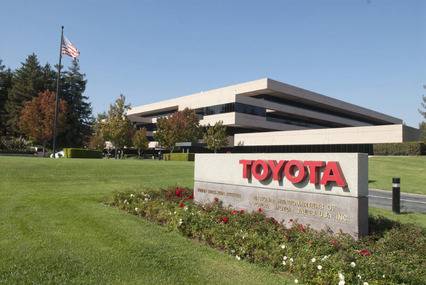Marketing feature: reputation intact

Marketing feature: reputation intact
Reputation is one of a series of intangible assets that are becoming the new drivers of future value, writes John Keilthy, managing partner at Reputation Inc.
Intangible assets account for a significant percentage of the market value of listed companies. Independent studies have suggested that in the case of the US market, for example, intangibles account for nearly 60pc of stock market valuations.
Most business people are very familiar with what constitutes tangible assets, like property, plant, equipment, cash and investments, but are less aware of the growing suite of intangible assets that are becoming the new drivers of future value.
Included in intangibles are some traditional accounting assets such as a company’s credit rating or borrowing capacity, but leading companies are now increasingly recognising the value of customer loyalty, quality of the management team, brand value, corporate reputation and personal reputation (CEO and leadership team).
Alan Greenspan, former chairman of the Fed, put it succinctly: “In today’s world, where ideas are increasingly displacing the physical in the production of economic value, competition for reputation becomes a significant driving force, propelling our economy forward.”
There is no doubt that reputation has become a key focus for all organisations. In Ireland, the ‘ordinary man on the street’ now has an increased appreciation of the concept of reputation, especially as Ireland’s international reputation and the financial impact of its erosion in the shape of the country’s high cost of borrowing has dominated the headlines.
Internationally, there are many examples that highlight the direct correlation between reputation and business performance. One has only to consider the likes of News Corp, Toyota, Olympus and BP to see the significant impact of recent crises on the external perceptions of these businesses in the eyes of their key stakeholders, including investors, customers, staff and regulators.
The BP Deepwater Horizon oil spill in 2010, which killed 11 people, injured many more and caused untold environmental damage in the Gulf of Mexico, is a case in point. At the height of the crisis, the incident generated 10,000 news stories per day around the world. The company has spent more than US$21bn on its response, clean-up and claims to date and has had to overhaul its internal structures and procedures around its risk management and safety functions.
While the root cause of the accident was a structural failure within the oil well itself, now the subject of a law suit between BP and its contractor, the damage to its reputation was profound and was greatly compounded by BP’s own actions and behaviours in the aftermath of the incident.
“It wasn’t our accident,” was BP’s first response. “The environmental impact of this disaster is likely to have been very, very modest,” was its initial assessment on the scale of the problem.
“There’s no one who wants this over more than I do. I would like my life back,” was how the then CEO Tony Hayward insensitively sought to relate to the local communities that had been directly affected by the oil spillage.
These ill-considered statements, set against other perceived BP safety issues, created an image of a company in pursuit of profit at the expense of its staff, the general public and the environment.
The financial impact of the reputation crisis for BP was significant. At the time, some banks stopped trading with BP and refused to extend it credit and, reflecting the erosion of trust in the company, its share price plummeted by over 50pc in the period.
Some of the lessons from the BP Deepwater disaster highlight that an organisation does not have a monopoly on its own reputation; that it’s important to manage bad news in a proactive manner and that in order to repair a damaged reputation you have to first repair the issues that underlie it.
Key drivers
So what are the key drivers of a company’s reputation? On the back of extensive international research, the following are generally believed to be valued by external stakeholders:
1. Vision and leadership
Does the organisation have a clear vision for the future and a management team capable of delivering the results?
2. Financial performance
How sustainable is the business model and can it generate growth?
3. Delivery (products and services)
How unique is the product offering and how robust are the delivery channels?
4. Workplace environment
Is the organisation a good place to work and is the workforce aligned with the business strategy?
5. Responsibility
Does the organisation behave responsibly as a business, employer, investor, member of the community in which it operates, corporate citizen and in terms of its internal governance and structures?
6. Emotional appeal
Does the organisation positively connect with its customer through its people, business activities and brands?
Companies that measure up well across all these dimensions enjoy robust and sustainable reputations and earn broad admiration from customers, employees, policy-makers, industry associations, academic institutions and the media. They are also better positioned to recover from setbacks and have the ability to restore their reputation capital more quickly.
But as reputation has gained increasing recognition as a driver of shareholder value, reputation risks have also increased.
Reputation risk is now considered one of the most significant risks facing organisations and has surpassed market, credit and operational risks in terms of its importance.
The key areas where reputation risk is likely to emerge include products or services falling short of expectations, the introduction of commercially detrimental regulation, poor employee conduct, management misbehaviours and actions that bring about social or environmental harm.
Warren Buffett, widely regarded as one of the most successful investors in the world, probably best summarised the importance of reputation when he famously said: “It takes 20 years to build a reputation and five minutes to ruin it. If you think about that, you’ll do things differently.”
Today’s business leaders would do well to take this on board when developing and implementing future business strategies.